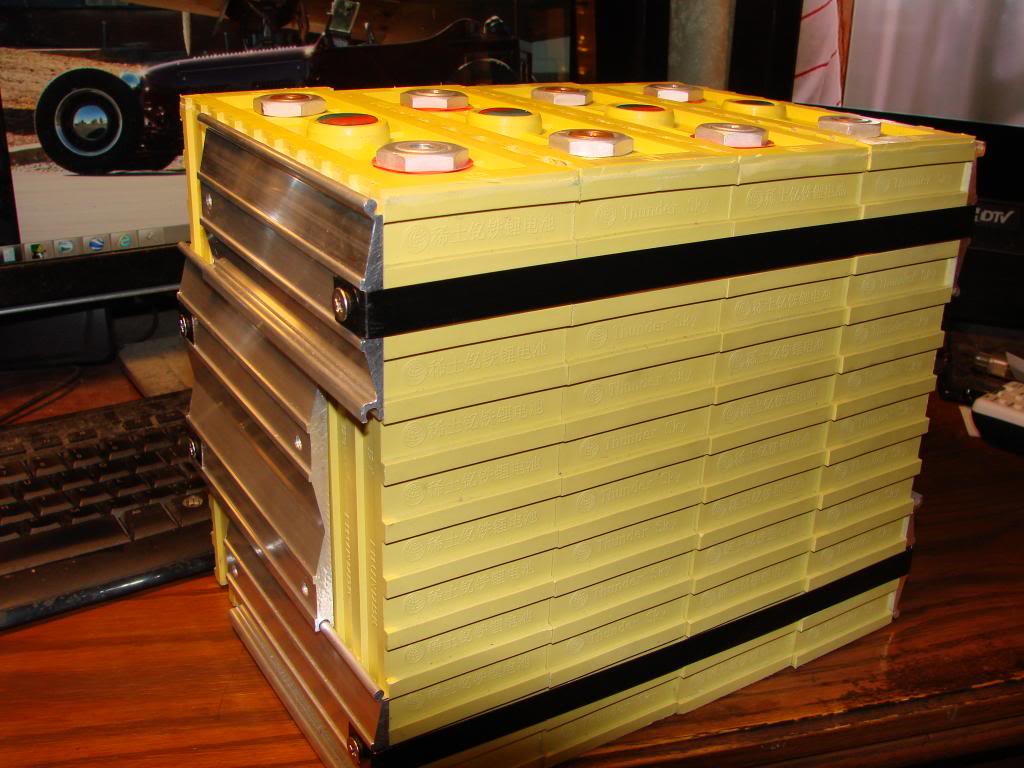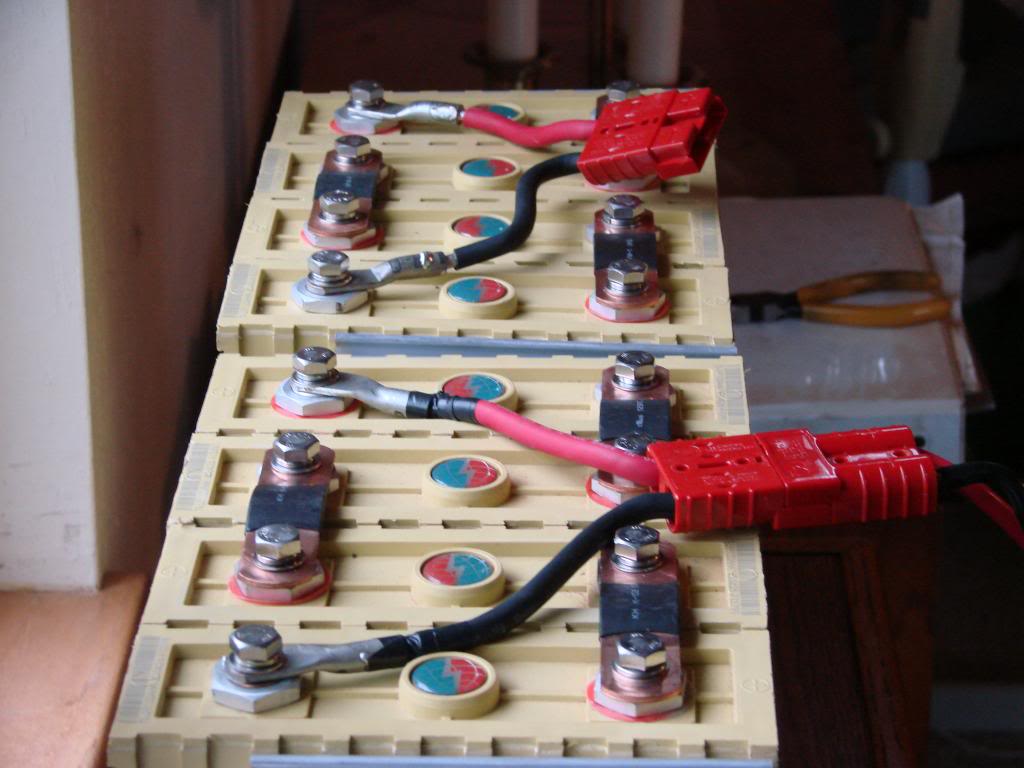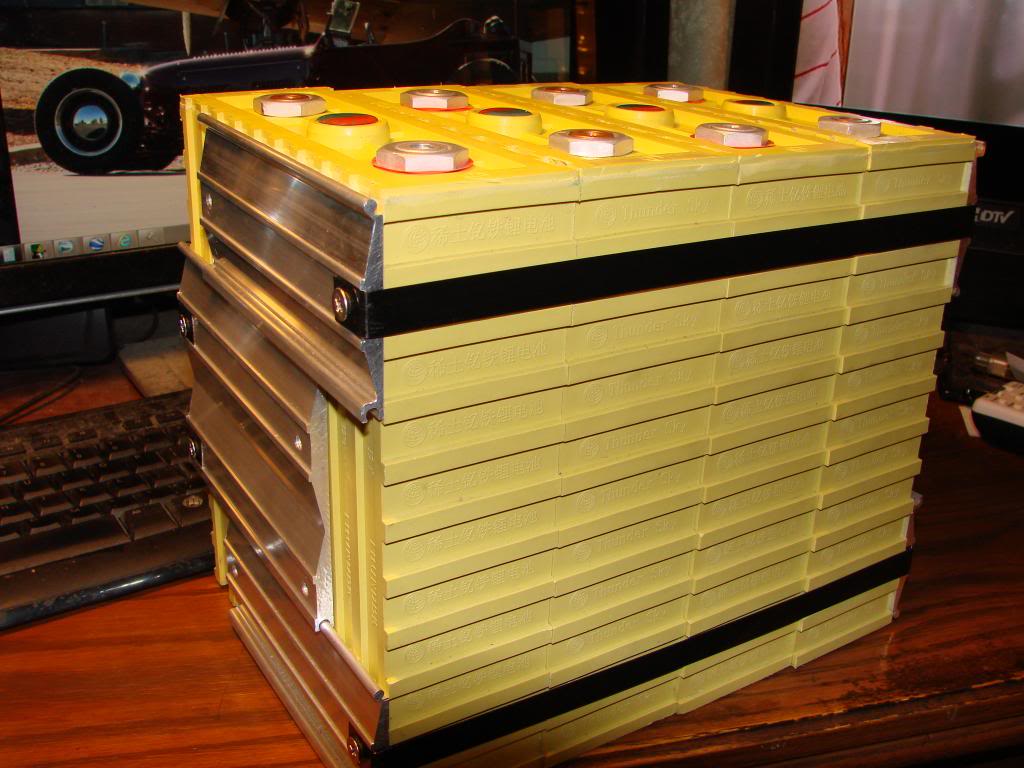Previously I discussed the acquisition or initial cost comparison of batteries. Next, I’d like to address the maintenance or life cycle cost of batteries. I’ll leave it to you to address your additional maintenance or watering costs since only you know the value of your time. So, I’ll just address the cost difference of charging. Some people seem to think that if they recharge their batteries while underway or while the generator is already running it costs them nothing. This really isn’t true. Even if the engine is running anyway, it still takes additional power and fuel to turn the alternator. Even if the generator is running under loaded, it takes additional fuel to produce the electrical power to run the battery charger. So how do you determine how much fuel your batteries take and how does your choice of flooded lead acid (FLA) or absorbent glass matt (AGM) impact that cost?
Starting with the batteries, the primary factor is the charge acceptance or charge/discharge efficiency. Charge acceptance or charge/discharge efficiency is defined as the discharge energy output divided by the energy required to fully charge the battery. FLA batteries (other than those intended for stationary applications) use a lead-antimony alloy in the plates. Alloying lead with antimony makes the plates stronger to survide shock and vibration loads, but it increases the electrical resistance and self discharge rate. Lead-antimony FLA batteries are generally reported to have a charge/discharge efficiency of 50% to 92% (see
Wiki LeadAcid Batteries ) and due to the wonders of marketing most FLA battery manufacturers claim a charge/discharge efficiency at the upper end of that range (for example see
Trojan Battery Company - Technology Info ). It turns out that the charge/discharge efficiency is dependent of the state of charge (SoC) and it ranges from 91% for a SoC from 0% to 90%, but drops to 50% for a SoC from 90% to 100%. So the actual charge/discharge efficiency will vary depending on the DoD your starting at from 50% for 10% DoD to 84% for 100% DoD. Since we plan to use a 50% DoD we will use a charge/discharge efficiency of 78% (91% from 50% SoC to 90% SoC and 50% from 90% SoC to 100% SoC). For AGM batteries we will use the widely published and generally accepted 99% charge/discharge efficiency.
For discussion purposes, let’s assume that we have a 12 volt FLA battery with 100 AH capacity and an 12 volt AGM battery with 100 AH capacity. If we use each battery to 50% DoD we should get about 1,000 cycle life from each battery. So the expected lifetime energy provided will be 100 AH *12 V*.5 (DoD) *1000 cycle life /1000 W/kW = 600 kWhr of energy output. Now to charge each battery over their lifetime the FLA battery will require 600/.78 = 767 kWhr of input energy and the AGM battery will require 606 kWhr of input energy. Assuming the alternator on the main engine provides the input energy while underway and the alternator efficiency is the typical 50%, then the main engine must provide 1,535 kWhr to the FLA battery and 1,121 kWhr to the AGM battery. Using a typical fuel conversion efficiency from diesel engines of 0.055 gallons/HPhr = 0.0737 gallons/kWhr the fuel required to charge the FLA battery 1000 times is 113 gallons over the life of the battery and the fuel required to charge the AGM battery 1000 times is 89 gallons. At a fuel cost of $4/gallon this equates to $453 to charge the FLA battery and $358 to charge the GAM battery or a difference of $95. Now if the AGM battery costs 2x that of the FLA battery and the FLA is around $100, then the actual savings of the FLA battery is ~$5 over the life of the battery or your earning about $1 per year for watering your battery. Repeating the math exercise assuming an AC generator with 80% efficiency and a battery charger with 80% efficiency reduces the cost difference to $74 so the net savings is $26.
It should also be noted that these calculations assume that you’re only recharging while underway or while you’re running the generator for another purpose. If either power source were run just to recharge the battery the recharging cost should include engine maintenance cost and would be higher. OTOH, if you’re recharging at the dock using shore power your recharging cost would be much lower (or zero if you pay a flat rate for power).
One additional factor to consider is where do all the extra energy to overcome the lower charge/discharge efficiency go? It goes into waste heat and it is dumped into the battery partially during charging and partially during discharge. This waste heat increases the operating temperature of the battery, which in turn reduced the life expectancy battery.
In conclusion, if you do the math you will see that the initial or acquisition cost advantage of FLA batteries is nearly consumed by the additional life cycle cost due to the lower charge/discharge efficiency of FLA batteries relative to AGM batteries. When you consider the reduction if maintenance effort and the safety advantages, I think AGM batteries are a clear winner over FLA batteries.






